Is soy sauce low FODMAP? Yes. Are tamari, shoyu and soy sauce all the same thing? Almost. What is the difference between naturally brewed and “other” soy sauces? All of these questions will be addressed in this article, especially in relation to FODMAPs.
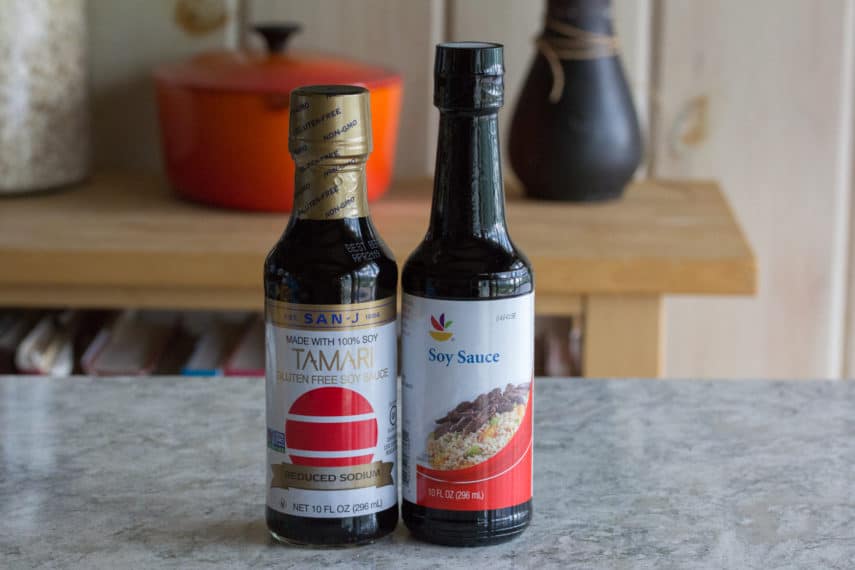
Perhaps you have never thought very much about soy sauce and thought they were all the same. They can actually vary dramatically in flavor and even texture.
Texture? Yes! Not all liquids have the same body (viscosity). Want to know more? Read on.
Soy Sauce Has Been Lab Tested For FODMAPs
First of all, soy sauce has been lab tested by Monash University and FODMAP Friendly.
- Monash University lab testing suggests a 2 Australian tablespoon (42 g) serving of soy sauce is low FODMAP. There is no further information and it appears that the 2 tablespoon suggestion is per Australian healthy eating guidelines.
- FODMAP Friendly lab testing shows no FODMAP content and the directions are, “Enjoy in unlimited amounts; Eat freely.”
Even the tablespoon amounts are plenty to season our food, by the way.
Of note, FODMAP Friendly has lab tested and certified a range of soy products from San J, our favorite brand. From various soy sauces to cooking sauces like gluten-free hoisin sauce, to teriyaki, Thai peanut sauce, Szechuan sauce and more. Be sure to look them up in the FODMAP Friendly app.
We use the San-J low sodium gluten-free soy sauce in our Test Kitchen.
Natural vs. Chemical Production

Naturally brewed soy sauce is made from soy, sometimes wheat, water, salt and sometimes alcohol. The mixture is fermented, oftentimes for months, with some premium sauces fermented for years.
The flavor of naturally brewed soy sauce is complex and filled with complexity and umami.
Chemically produced soy sauce is made from hydrolyzed soy protein and filled with coloring and corn syrup and made in mere days. These often just taste overly salty, lacking the intricacy and nuances of naturally brewed. Worse case scenario, they are bitter and harsh. I have ruined recipes using chemically produced soy sauces. Natural and chemically produced are light years from one another. They are like different condiments.
We only recommend naturally brewed, and that is what we are going to discuss here.
You Say Soy Sauce…I Say Shoyu
First of all, let’s talk terminology. In the U.S. the term soy sauce is commonly used. You might come across the term “shoyu” or “tamari” and be confused.
- Shoyu, a Japanese term, is another name for soy sauce. It is made from a combination of soy and wheat. It is often thinner in texture.
- Tamari is Japanese soy sauce brewed without wheat, and is usually gluten-free, but check labels. It has a slightly thicker texture and bolder flavor.
- Low-sodium: both soy sauce and tamari are often available as low-sodium as well.
Different Styles Of Soy Sauce
Beyond that, there are Chinese styles and Japanese styles and within those categories, there are thin and thicker types and dark and light. Thinner tends to be lighter in color and is made from a shorter fermentation, yet they can be bolder in flavor than dark!
None is better than another – they just have different flavors and uses. A broad generalization is that Chinese styles tend to be saltier although thick Chinese soy sauce is sweet and sometimes contains sweeteners.
Monash University has also lab tested Sweet Soy Sauce, or Ketjap Manis. It is low FODMAP in 1 Australian tablespoon or 20 g amounts, becoming Moderate for FODMAPs (fructans) at 50 g.
Many bottles on American shelves do not specify what they are; Japanese thick style is the most common, though.
Low FODMAP Recipes Featuring Soy Sauce
Try these recipes with a bottle of naturally brewed soy sauce for your next low FODMAP meal.
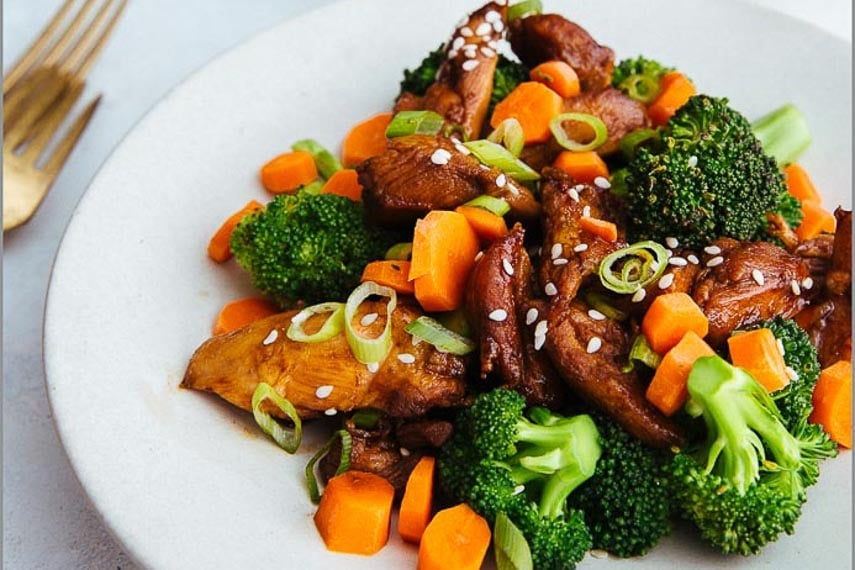
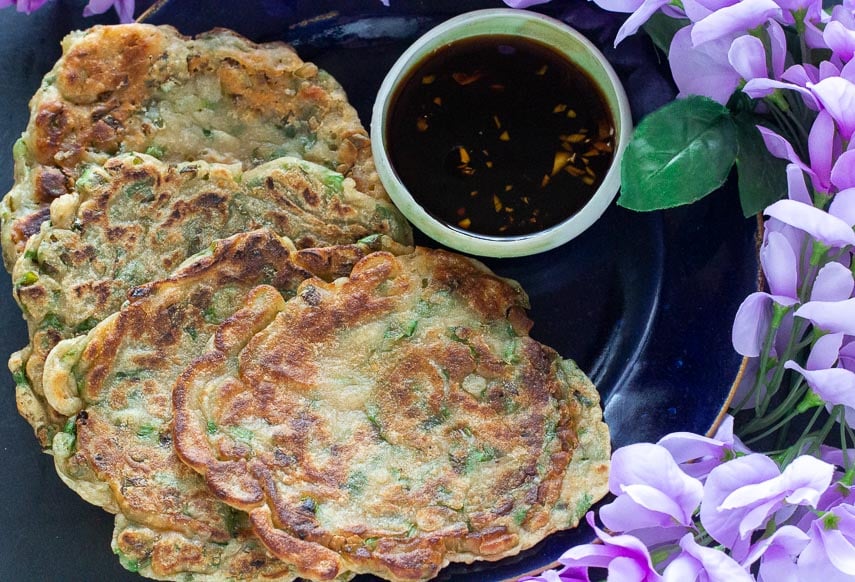
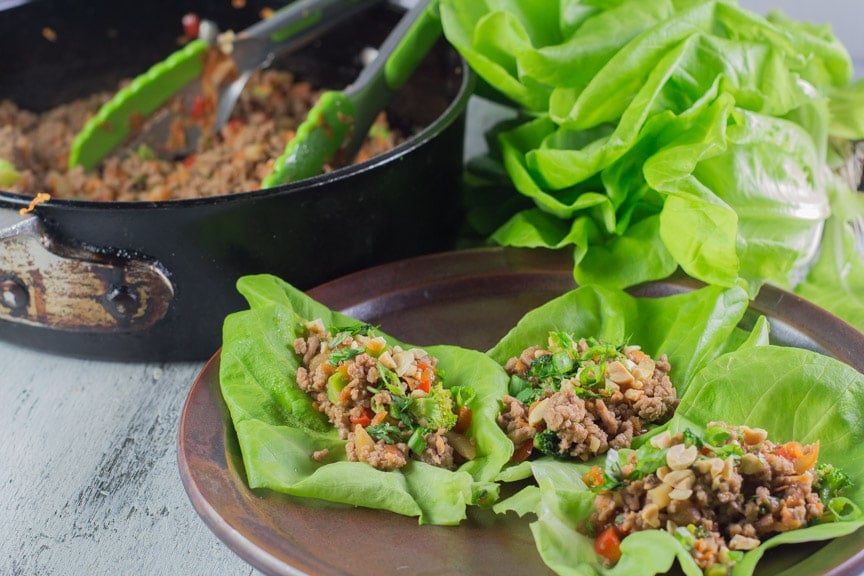
- Asian Pork Lettuce Wraps
- Char Siu
- To point out just a few!
The Takeaway
Read labels and avoid any soy sauce that lists unwanted chemicals or coloring. Store your new or opened bottles in a cool, dark cupboard. The soy sauce should last at least a year and probably more. No need to refrigerate, although it doesn’t hurt.
We use ours so quickly that we just keep it in the Test Kitchen pantry. Our go-to is San-J Organic Reduced Sodium Tamari. It is certified low FODMAP by FODMAP Friendly.
Related Articles: Soy and the Low FODMAP Diet and Soy Products: Low FODMAP or Not?
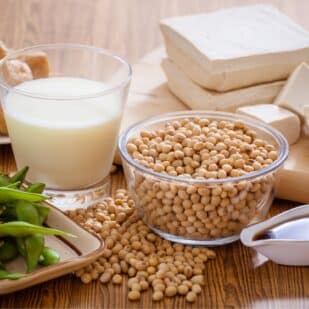
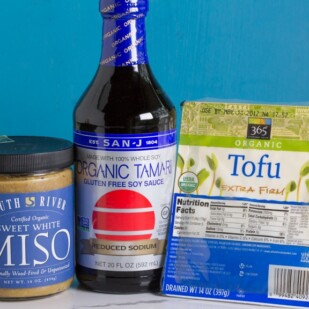



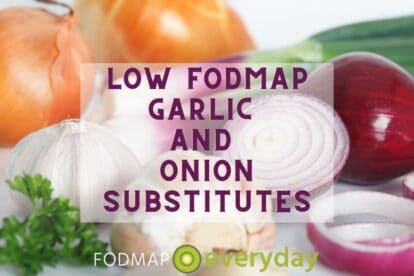
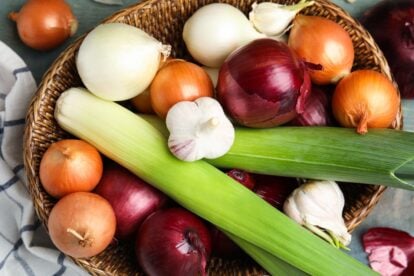

Thanks for the article.
I was wondering, would it be possible to have the max amount of Soy Sauce used in 1 recipe for example, and then use the max amount of Tamari in another on the same day? Or would that stack up as they are very similar or almost the same? I’m new to this diet so I’m trying to see if there are loopholes like these, as I do love Asian food and 42grams of Soy Sauce is very little in my books. Thank you!
Hi Leah, this is a great question with a fairly nuanced answer. First of all, you might find it helpful to review our article on What is a Low FODMAP Serving Size? Also, our article on Stacking. Stacking happens within the same meal or 3 to 4 hour time period. If you space your meals and snacks out during the day with 3 to 4 hours in between you will not be stacking. But, the most nuanced and gray area is addressing the 42 g serving size, which is equivalent to 2 Australian tablespoons (which are larger than other tablespoons, BTW). If you look at the Monash app you will notice that no Moderate or High serving sizes are given for this particular entry. This is a failure of the Monash approach in our opinion. We think every food should be tested to its lowest and highest FODMAP amount. This leaves soy sauce open to interpretation. It very well could be that they did not find a Moderate or High FODMAP serving size. So, you might be wondering how they came to a serving size of 42 g? This is answered in the article I mentioned before on serving size. In part, serving sizes in the Monash app are also dictated by Australian healthy eating guidelines and I assume in this instance it has to do with sodium.